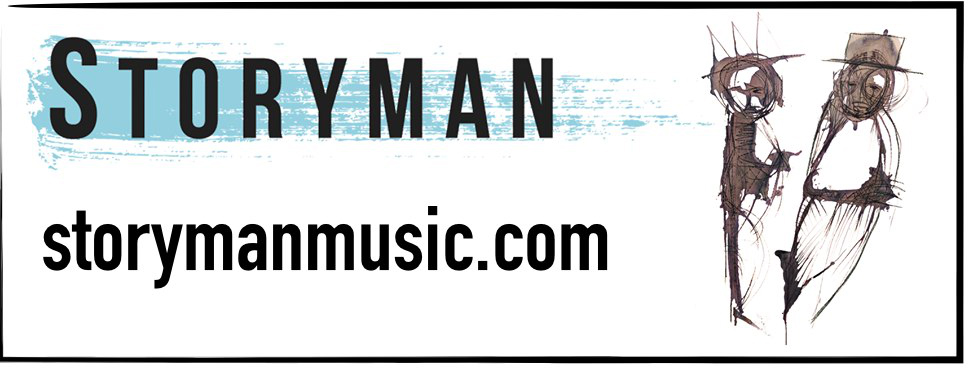SciWorks Radio is a production of 88.5 WFDD and SciWorks, the Science Center and Environmental Park of Forsyth County, located in Winston-Salem.
We've come a long way from stone tools. With great complexity, we manufacture things like jet airplanes, interplanetary probes, medical tools, and microprocessors. We build with a top-down approach, starting with a big picture concept which we then design and assemble in pieces.
Duke University professor of computer sciences, Dr. John Reif, notes that nature works from the bottom up to assemble complex structures in three dimensions.
(Duke University Press Release: Analog DNA Circuit Does Math in a Test Tube)
When you ask, “What's the most complex thing that we know about in the universe?,” you might arrive at the human mind. And, it's actually self-assembled, using DNA as the guide.
In fact, it would seem that self-assembly would be the methodology where we construct things at the molecular scale, where no human hands or devices are directly involved; guided by the material and their design instead.
In the field of DNA Nanoscience, strands of DNA can be programmed to self-assemble into complex objects and arrangements.
It's had enormous successes in forming 2 and 3 dimensional pattern structures. My group demonstrated a sort of barcoding at the molecular scale. Later, a group at Caltech demonstrated a technique known as DNA origami, a patterned 2-dimensional structure. And then others demonstrated that you can fold these structures also into marvelously complex, 3-dimensional shapes, and, since then, that ability to self-assemble structures at the molecular scale has exceeded anything in any other field of chemistry.
Dr. Reif's lab has also demonstrated, in a test tube, the ability to make DNA solve simple math problems, in a process called DNA computing. They describe this in a recent issue of the journal ACS Synthetic Biology.
Typically, a DNA computer is executing a small number of steps which might be crucial, and completely impossible using conventional chemistry at the molecular scale.
But wait… check this out.
The subfield of DNA computing has been augmented by the field of molecular robotics.
Molecule. Scale. Robots. How cool is that?
Devices made out of DNA have been made so that they are programmable, and they can really walk and also do small simple decisions, all at the molecular scale. And in some cases they can synthesize molecules as they walk along, sense inputs, and provide outputs. The robot certainly wouldn't be intelligent, but is still capable of processing inputs and giving predictable outputs.
Large-scale commercial use is not in our very near future. However, these bots work in wet environments and may one day be useful in medical applications.
The DNA Doctor concept would be this molecular device that senses some problem and then makes a simple computation, a logical computation, based on those detected events, and produces an output that might be viewed as a drug.
Another application would be protocols, or DNA devices that detect cancer cells, latch onto the cancer cells and perhaps release some substance that would generate an immune response to kill cancer cells. This is one area that my own lab is looking and developing simple devices for.
This Time Round, the theme music for SciWorks Radio, appears as a generous contribution by the band Storyman and courtesy of UFOmusic.com.

300x250 Ad
300x250 Ad
